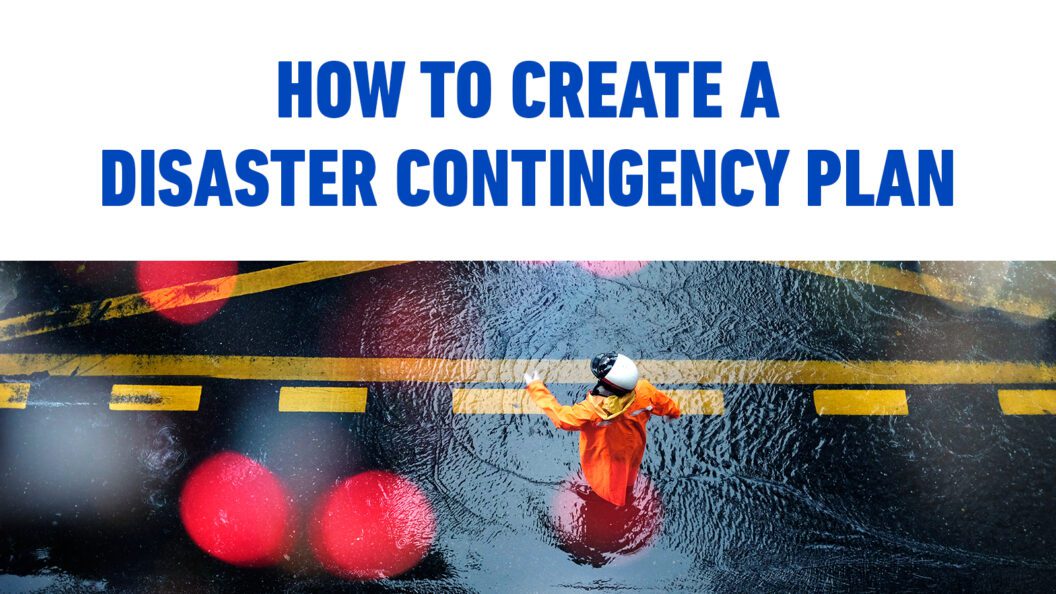Create or Update Your Contingency Plan with Our Free Template
Flash floods, infrastructure failures, and wastewater system overflows can cause major challenges for you — and your community. It’s impossible to know when an emergency might occur, but having a contingency plan in place can help stop a problem from becoming a catastrophe.
Developing a contingency plan can help you mitigate risk and ensure your team and your equipment are ready in case of an emergency.
Not sure where to start? Download our FREE Contingency Plan Template!
How to Create Your Contingency Plan
Your plan needs to include detailed information about each pump station or system you manage.
Work with your teams to identify and plan for areas where your infrastructure may be vulnerable. Your contingency plan should include pump and control brands, models, diagrams, and vendor contacts. Your plan for each site should also have a system map and a list of likely overflow points. In an emergency, time is crucial, so it’s vital to keep the information provided concise, up-to-date, and relevant.
A crisis is not the time to slog through red tape. If you need to buy a new pump, generator, or another piece of equipment, you don’t have time to wait for the PO process. Set up your accounts in advance and issue pre-authorized purchase orders that can be used in an emergency.
Your detailed plan should be available at each pump station and job site before an event occurs, ensuring there’s no time wasted locating the plan in the middle of an emergency response. But having a binder of information that no one has updated or evaluated isn’t beneficial. So, the data must be revised periodically. For convenience, pair updating your response plan with planned system audits for your bypass and intake pumps.
Additionally, it is important to develop a plan for power failures. Backup generators are often the go-to solution — but they’re only half of the equation. You also need to ensure your electrical system is wired appropriately and includes a transfer switch so that you can make use of your generator when you need it. When the electricity is out in multiple locations (and everyone needs temporary power), the necessary parts can be hard to come by. It’s better to plan ahead and be prepared. Installing transfer switches and generator systems in advance helps you be ready for the next big event. Many transfer switches can even detect a power outage and turn your generator on automatically, ensuring you have minimal interruptions in service.
Need help creating your contingency plan? Give us a call! We can help ensure you’re prepared for the unexpected.

